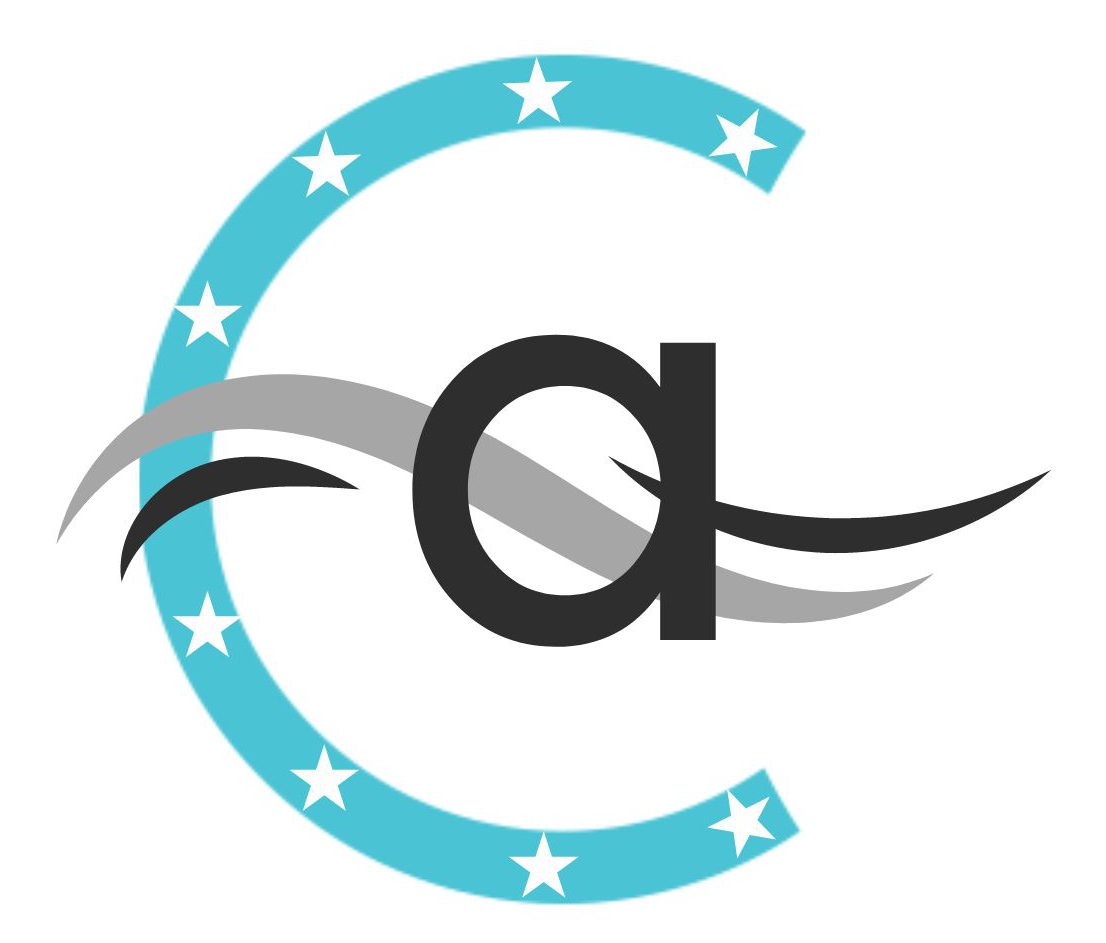- Get in touch:
- (844) 203-9055
- info@ampsamerica.com

Bloomberg Radio interview with Mike Dendy
April 23, 2014
RACs collected nearly $4B in 2013
October 3, 2014The New York Times-Before his three-hour neck surgery for herniated disks in December, Peter Drier, 37, signed a pile of consent forms. A bank technology manager who had researched his insurance coverage, Mr. Drier was prepared when the bills started arriving: $56,000 from Lenox Hill Hospital in Manhattan, $4,300 from the anesthesiologist and even $133,000 from his orthopedist, who he knew would accept a fraction of that fee.
He was blindsided, though, by a bill of about $117,000 from an “assistant surgeon,” a Queens-based neurosurgeon whom Mr. Drier did not recall meeting.
“I thought I understood the risks,” Mr. Drier, who lives in New York City, said later. “But this was just so wrong — I had no choice and no negotiating power.”
In operating rooms and on hospital wards across the country, physicians and other health providers typically help one another in patient care. But in an increasingly common practice that some medical experts call drive-by doctoring, assistants, consultants and other hospital employees are charging patients or their insurers hefty fees. They may be called in when the need for them is questionable. And patients usually do not realize they have been involved or are charging until the bill arrives.
The practice increases revenue for physicians and other health care workers at a time when insurers are cutting down reimbursement for many services. The surprise charges can be especially significant because, as in Mr. Drier’s case, they may involve out-of-network providers who bill 20 to 40 times the usual local rates and often collect the full amount, or a substantial portion.
“The notion is you can make end runs around price controls by increasing the number of things you do and bill for,” said Dr. Darshak Sanghavi, a health policy expert at the Brookings Institution until recently. This contributes to the nation’s $2.8 trillion in annual health costs.
Insurers, saying the surprise charges have proliferated, have filed lawsuits challenging them. In recent years, unexpected out-of-network charges have become the top complaint to the New York State agency that regulates insurance companies. Multiple state health insurance commissioners have tried to limit patients’ liability, but lobbying by the health care industry sometimes stymies their efforts.
“This has gotten really bad, and it’s wrong,” said James J. Donelon, the Republican insurance commissioner of Louisiana. “But when you try to address it as a policy maker, you run into a hornet’s nest of financial interests.”
In Mr. Drier’s case, the primary surgeon, Dr. Nathaniel L. Tindel, had said he would accept a negotiated fee determined through Mr. Drier’s insurance company, which ended up being about $6,200. (Mr. Drier had to pay $3,000 of that to meet his deductible.) But the assistant, Dr. Harrison T. Mu, was out of network and sent the $117,000 bill. Insurance experts say surgeons and assistants sometimes share proceeds from operations, but Dr. Tindel’s office says he and Dr. Mu do not. Dr. Mu’s office did not respond to requests for comment.
The phenomenon can take many forms. In some instances, a patient may be lying on a gurney in the emergency room or in a hospital bed, unaware that all of the people in white coats or scrubs who turn up at the bedside will charge for their services. At times, a fully trained physician is called in when a resident or a nurse, who would not charge, would have sufficed. Services that were once included in the daily hospital rate are now often provided by contractors, and even many emergency rooms are staffed by out-of-network physicians who bill separately.

